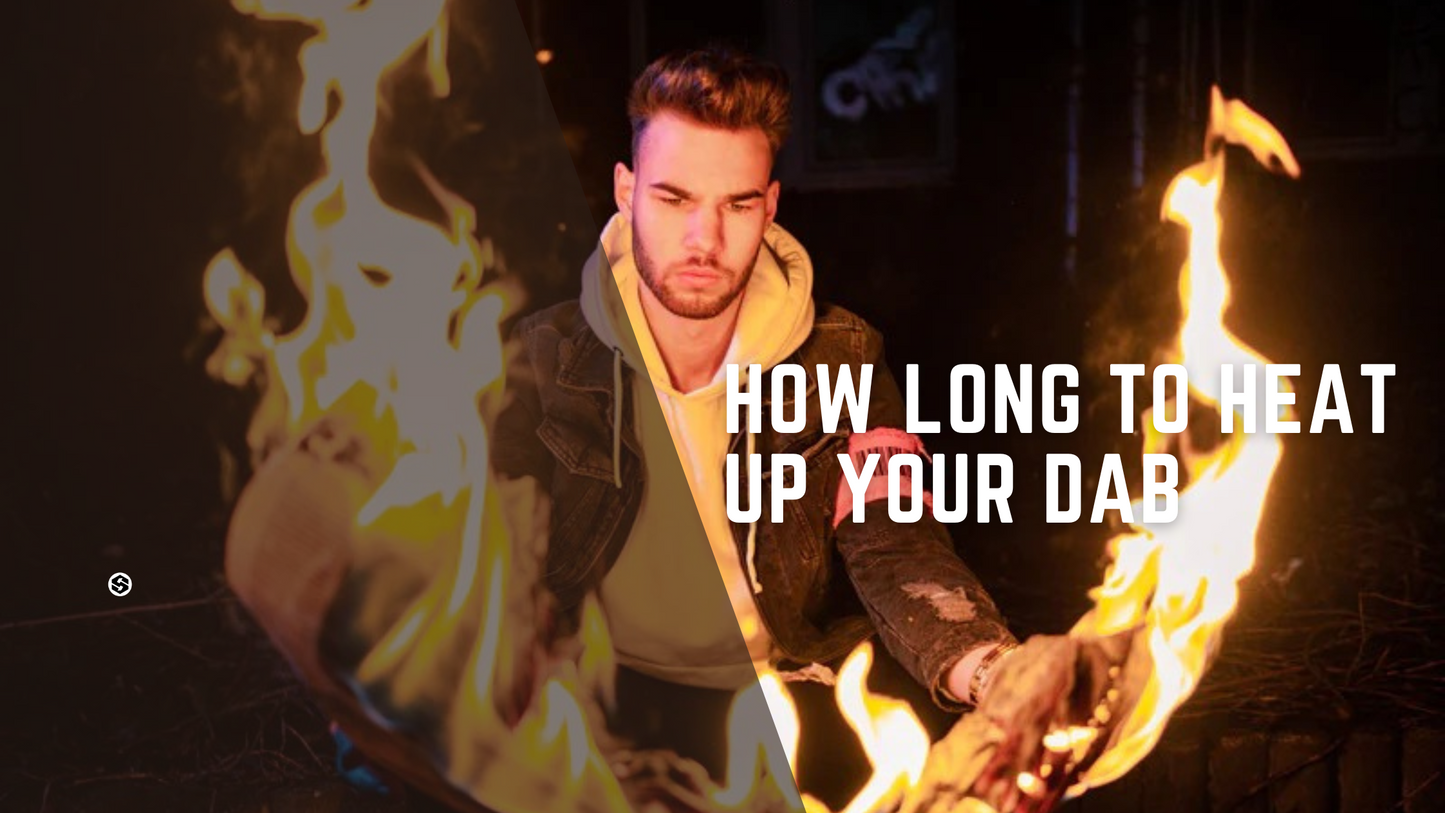
Temperature is a thing all around dabbing. From heating your dab and vaporizing it, all the way to how you store and manage your concentrate.
The extracts’ terpene content is super sensitive and can start evaporating or deteriorating when exposed to fluctuation as common as light or room temperature. Now, imagine what happens when you don’t hit it right using your bong or dab pen?
You might be thinking this is a daunting task, but it only takes a bit of practice for you to master one of the most important aspects of dabbing.
The basics of dabbing temperature
Let’s get some basics clear out. Heating concentrates it’s different from heating dry herbs. The most crucial difference is that you evaporate dabs, and you burn weed. So, rather than placing the dab directly under a flame as you would with dry herbs, concentrates make contact with a hot surface to vaporize.
If it’s too hot, your vapour won't taste that good, you might have great clouds, but you may also waste your precious concentrate. On the other hand, if it's not hot enough, you may get a deep flavour, but also misuse your extract.
The optimally temperature for dabs evaporation
The truth is that the right temperature depends on you and your preferences. Some people prefer hot and bigger vapour producing dabs that give you a fast and robust effect –you feel the hit in a few minutes. At the same time, others prefer a lower temperature that delivers rich flavour and more gradual effects.
The specific temperatures I am talking about are nothing above 720°F or 380ºC. Why? Because, aside from ruining the taste of the concentrate, and burning the lining of your lungs, waste start happening at those temperatures now that the dab begins to burn up quietly.
The other side of the temperature stick is not going below 500°F or 260ºC. Going below the 500º is as wasteful as dabbing at too high temperatures because you won’t get the most out of every hit.
It makes sense to highlight that if you want to stay on a sweet spot, you can dab in around 700°F for a medium temperature.
How to heat up your dab
If you ask me, the easiest way to get the perfect temperature on your dab is using a high-quality dab pen, like the SLASH. The three automatic heating temperature settings provide consistent heat throughout the entire chamber and are already optimized for the most accurate and effective way to vaporize your concentrates.
If you are more classic or a dab pen is not part of your jam yet; you have to be open to trial and error.
To nail (pun intended) your ideal dabbing temperature, you will have to give it a run. The more you practice, the better you will become at it.
Despite that instruction can be read as “torch the hell out of it and give it a try,” there are some indications that you will be able to see on your device and will tell you to slow down.
If your nail turns glowing red indicates a dab temperature of 1075°F, and a faint-red glow indicates 930°F. *
Pro tip: Heat it, but don’t go nuts!
Each nail has its specific heating and cooling time. Everything depends on things like quality, thickness, and material. However, as a general rule, start with heating it for 30 seconds, then simply drop in your dab and wait a few seconds as heat transfers and gradually raises the temp of your concentrate. Continue the same process by adding a few seconds until you hit the experience desired.
Again, give the surface a few seconds to transfers the heat to your extract. If you count to six and hit it, you will avoid the risk of dabbing too early and don’t get the full action the first time. However, if it happens, you can reheat it with your torch until you vaporize your dab fully.
Actually, this last recommendation goes for my dab pen pals too. This had happened to me way too many times. We all have been eager to get high, hit it before the chamber gets warm enough and end up with a flash hit 🌱😤☹️. No judgement here; I feel you!
Be patient, try it, and stay high!
-The Avid Dabber 🤤🌬️🍃🙃
*Keep in mind that there are multiple different materials nails are made out of. Therefore, it might glow red at different temperatures. For example, your ceramic nail will glow red at a hotter temperature than quartz.

